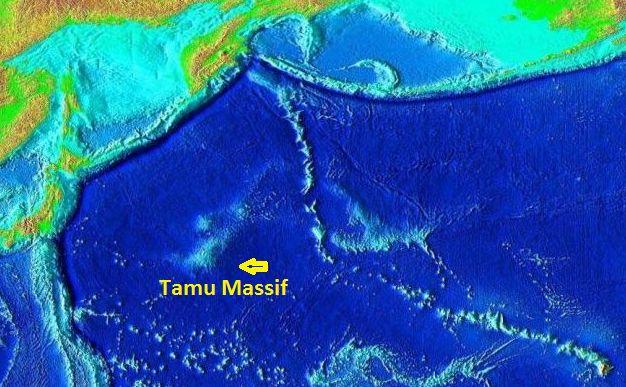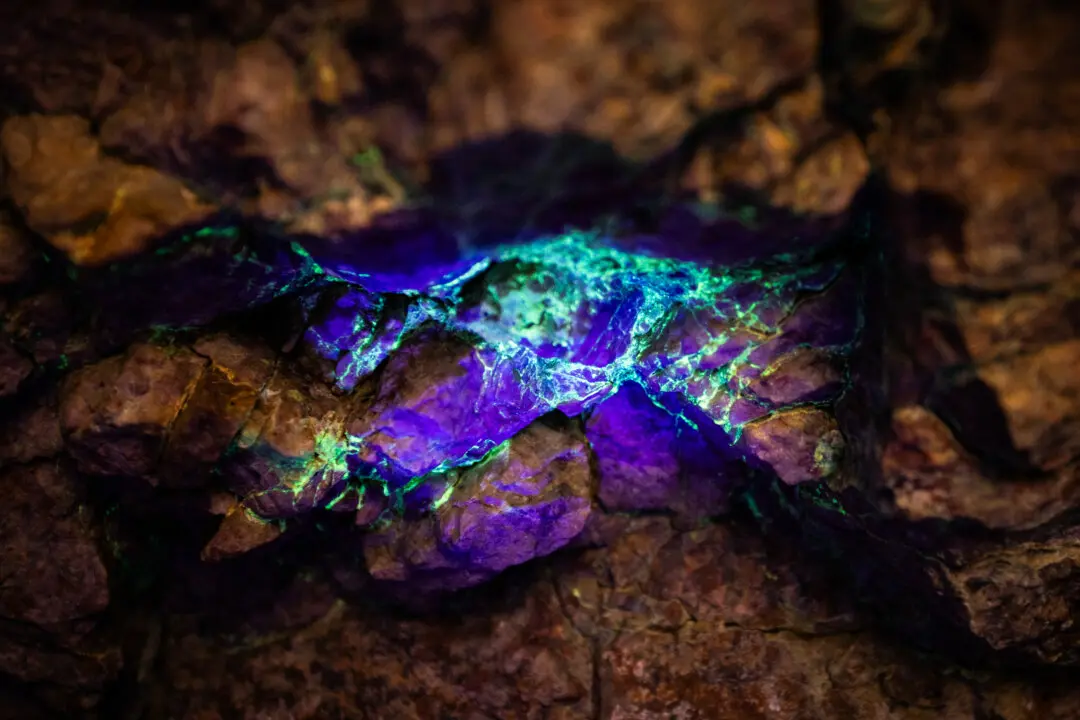Scientists from the University of Houston claim they have discovered a dead colossus in the Pacific depths that claims the title for largest volcano in the world. Named Tamu Massif, its massive size (almost as big as New Mexico) has been compared to Olympus Mons, the volcano on Mars that is considered the largest in our solar system.
“Olympus Mons is the 800-pound gorilla of the solar system,” said geophysicist William W. Sager. Talking about Tamu Massif Sager said, “We didn’t know these massive volcanoes were here on Earth.”
The article published in Nature Geoscience by Sager and his colleagues notes that the volcano lies 1.24 miles below the sea and easily topples the volcano once thought to be Earth’s largest, Mauna Loa in Hawaii. Tamu Massif is located approximately 1,000 miles east of Japan, on Shatsky Rise, an underwater plateau.
It is estimated to have formed around 145 million years ago, when lava erupted from underneath the seabed and formed a shield-like feature. Spread over a large area, the lava is almost 75 feet thick in some places. Researchers do not think the volcano will ever be active again and has never shown its face out of the ocean. This is attributed to the low viscosity of the lava that used to flow from it.
“The bottom line is that we think that Tamu Massif was built in a short (geologically speaking) time of one to several million years and it has been extinct since,” professor Sager told AFP.
“One interesting angle is that there were lots of oceanic plateaus [that] erupted during the Cretaceous Period [145 million–65 million years ago] but we don’t see them since. Scientists would like to know why.”
Tamu Massif is thought to extend 18 miles into the Earth’s crust. And there are expected to be other volcanic formations on oceanic plateaus yet to be discovered, said Sager. “We don’t have the data to see inside them and know their structure, but it would not surprise me to find out that there are more like Tamu out there.”
“This finding is paving the way to really rewriting some of the textbooks,” said Clive R. Neal, a volcanologist at the University of Notre Dame. “The term ‘supervolcano’ might be a reality.”
The name Tamu is derived from Texas A&M University where the professor had worked previously. The project has been funded by the National Science Foundation.
Naveen Athrappully is a business consultant and freelance writer focusing on content development for technology companies. Contact him at [email protected]
One of Solar System’s Largest Volcanoes Right Here on Earth
119,000-square-mile volcano located deep in the Pacific

Tamu Massif, the largest volcano ever discovered, is 2.5 miles tall. Wikipedia, Wikimedia commons

Naveen Athrappully
Reporter
|Updated:



